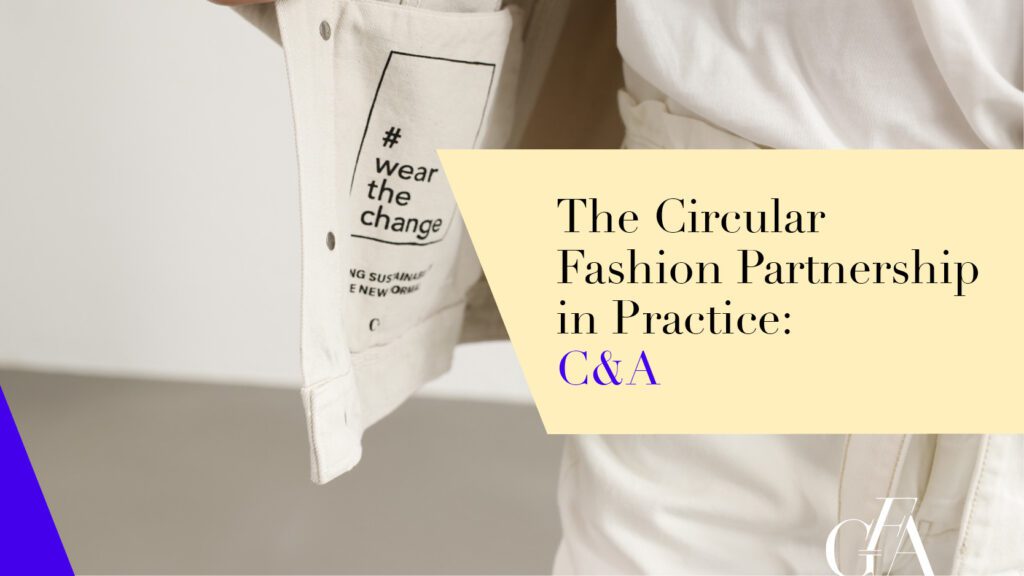The Circular Fashion Partnership in Practice: C&A


C&A is a Supporting Partner of the Circular Fashion Partnership, a cross-sectorial project to support the development of the textile recycling industry in Bangladesh by capturing and directing post-production fashion waste back into the production of new fashion products. Below we learn how the Circular Fashion Partnership has made an impact at C&A.
The importance of a circular fashion system for C&A
C&A’s vision is one of a restorative circular economy where nothing is wasted in the creation or disposal of clothing. The company believes that a circular fashion system presents an opportunity for the industry to re-invent itself and right its wrongs: using materials that are safe, renewable and restorative, focusing on physical and emotional product durability and ultimately closing the loop on textile-to-textile recycling. For C&A, a circular fashion system presents the opportunity to eliminate the concept of waste entirely.

Barriers to scaling effective circular systems
The team at C&A understand that a circular flow of materials is a key principle of the circular economy, yet they recognise significant technical barriers that exist in textile-to-textile recycling. In turn the company believes that we need investment in innovative solutions to accelerate recycling processes that preserve fibre quality, alongside establishing transparent high-quality waste flows. For C&A, policy is an important lever here, to present the concept of waste as a valuable resource and to support the development of infrastructure for the trading and recycling of waste.
Moreover, the company has identified the urgent need for mindset shifts in order to transition away from embedded industry practices that don’t support a circular economy. For C&A, increased collaboration and transparency along the entire value chain is a must.
C&A’s Circular Fashion Partnership Activities
By 2028, C&A is committed to connecting 7 out of 10 of its products to principles of circularity. Alongside circular product design and new business models, a key pillar of this goal is to focus on scaling high quality recycled materials within its supply chain. During the first phase of the Circular Fashion Partnership, C&A piloted the Reverse Resources platform with key suppliers in Bangladesh to trace clipping waste from garment manufacturing to recycling partners. The company is now in the second phase of the Circular Fashion Partnership, where it has scaled its programme of garment manufacturers, using the Reverse Resources platform to trace their waste.
The Circular Fashion Partnership has allowed C&A to test the hypothesis of a circular material loop, within a localised system. On one hand, it has demonstrated how the organisation can establish a transparent supply of high-quality post-industrial waste into C&A products. On the other hand, it has highlighted to the company the barriers and complexity – even in a localised system – that still exist within the industry to closing the material loop. C&A recognises that without further cross-sectoral collaboration, carving the way to a circular economy will not be possible.
About C&A
With over 1,300 stores in 17 European countries and more than 25,000 employees, C&A is one of Europe’s leading fashion retailers. Every day, C&A welcomes about two million visitors to its stores in Europe and offers quality fashion at affordable prices for the whole family. For further information, please visit our website: https://www.c-and-a.com
C&A is one of Global Fashion Agenda’s Supporting Partners for the Circular Fashion Partnership. Read more about the Circular Fashion Partnership and its various partners here.